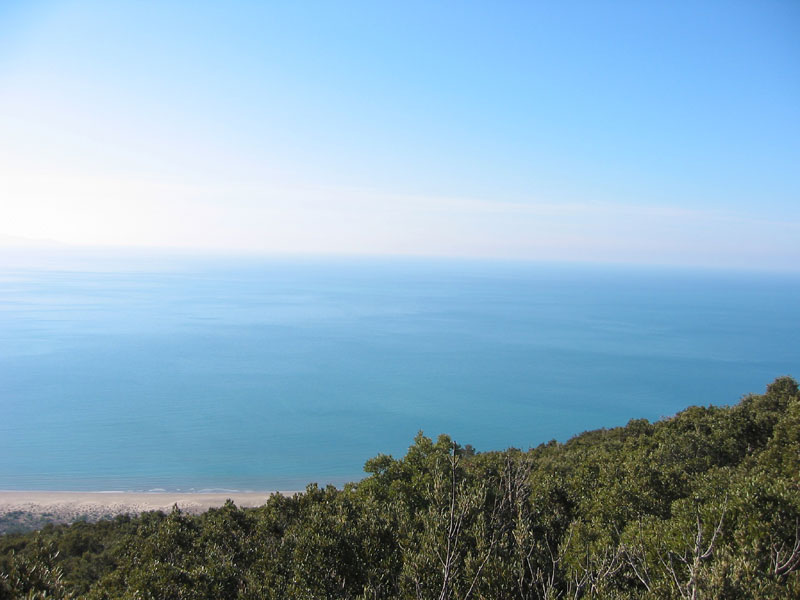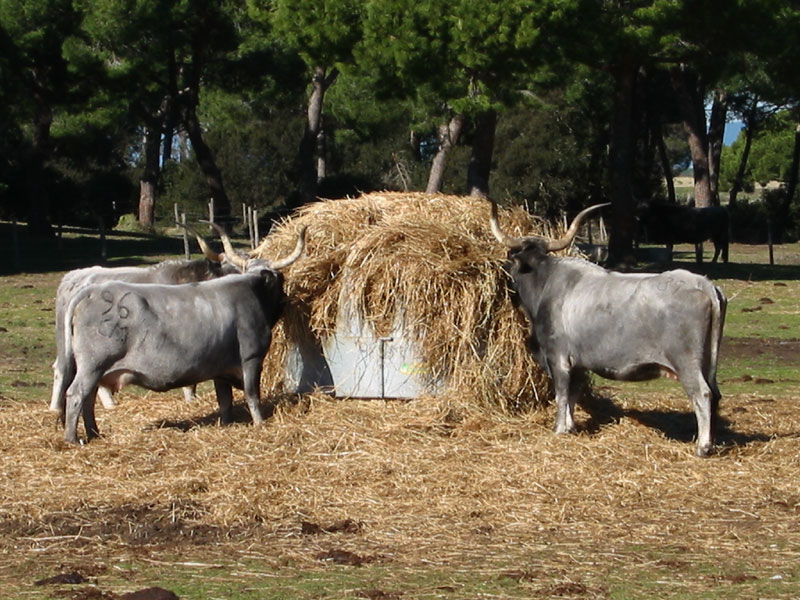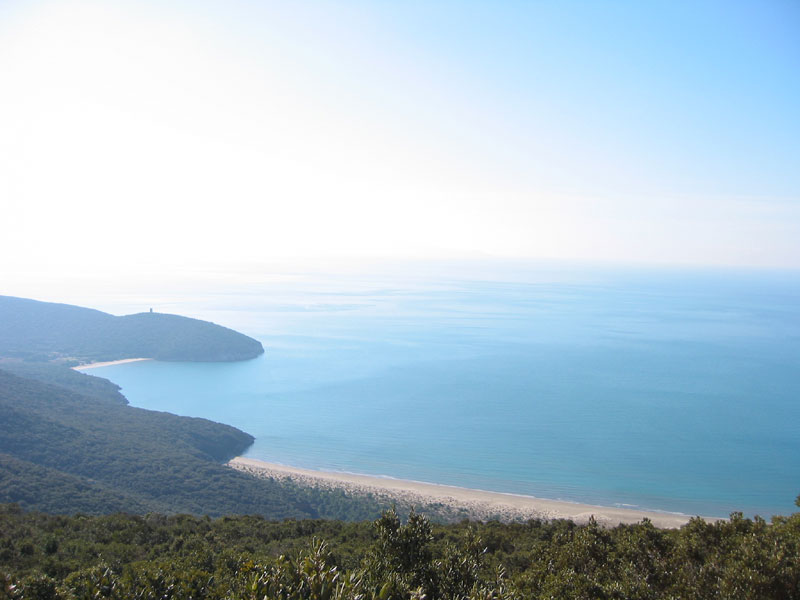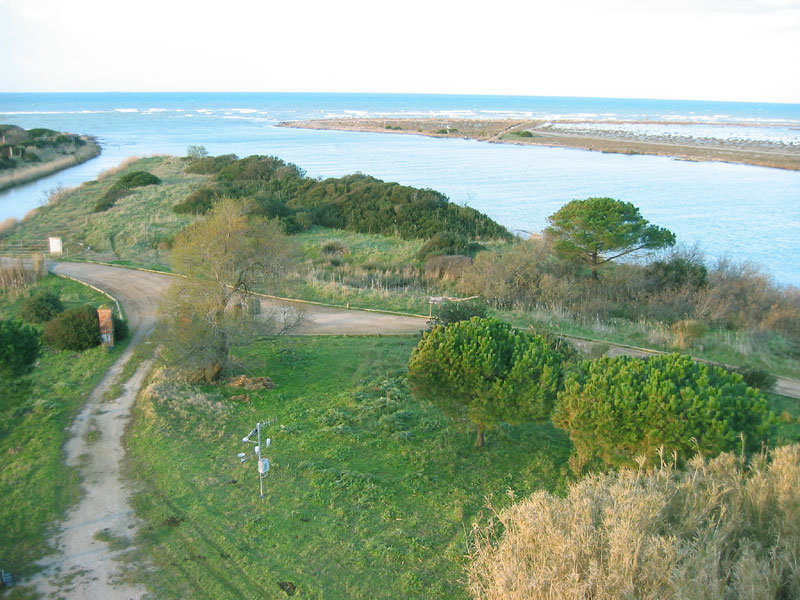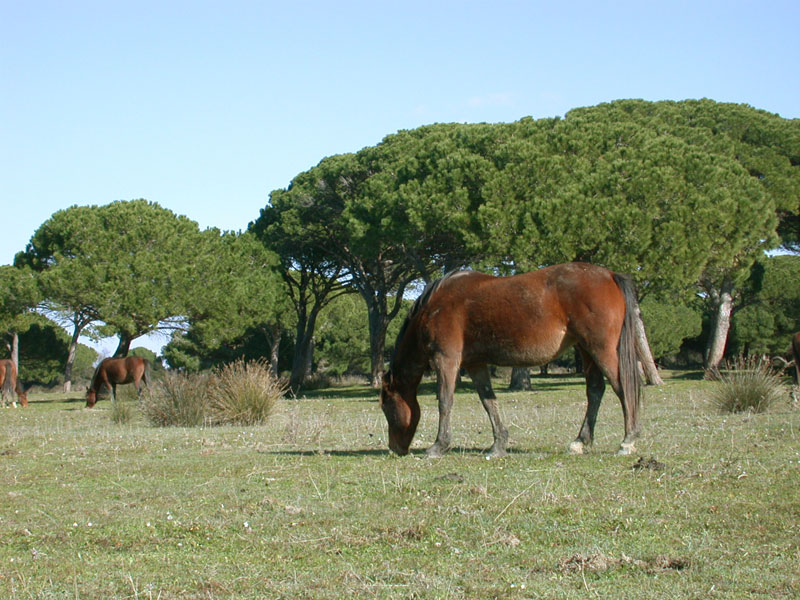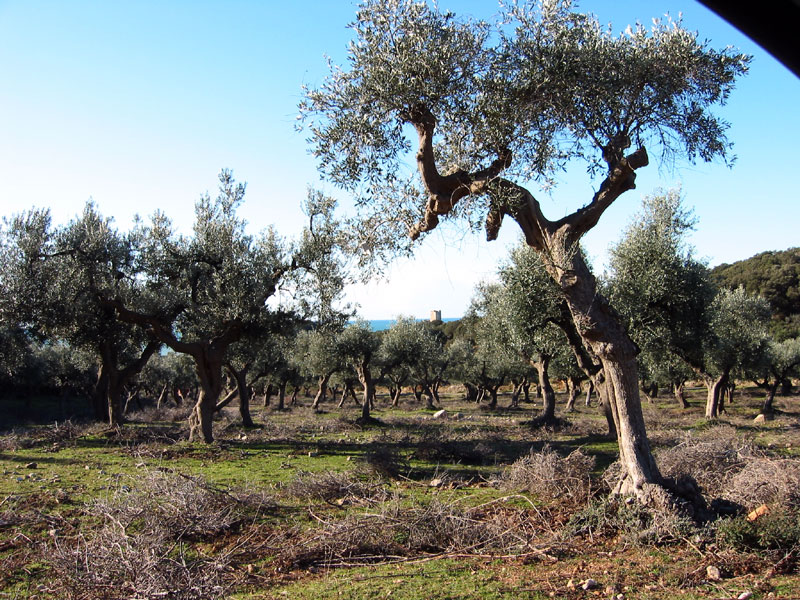Protected Area
Identity Card
- Maremma Nature Park:
- Land Surface Area: 9'000.00 ha
- Higher altitude (m): 417
- Regions: Toscana
- Provinces: Grosseto
- Municipalities: Grosseto, Magliano in Toscana, Orbetello
- Establishment Measures: LR 65 05/06/1975 - LR 24 16/3/94
- PA Official List: EUAP0230
- Park Authority: Ente Parco Regionale della Maremma
- Further managed Protected Areas:
- ZPS Padule della Trappola, Bocca d'Ombrone
- ZPS Pianure del Parco della Maremma
- ZSC Padule della Trappola, Bocca d'Ombrone
- ZSC e ZPS Dune costiere del Parco dell'Uccellina
- ZSC e ZPS Monti dell'Uccellina
- ZSC e ZPS Pineta Granducale dell'Uccellina
The Park Identity Card
Offices
Regulations
Institutional Bodies
Recognitions and Certifications
![]() Statute (PDF, Italian text - 55Kb)
Statute (PDF, Italian text - 55Kb)
Discovering the Park
The coastal stretch of the Tuscan Maremma going from Principina a Mare to Talamone and limited partly in the east by via Aurelia, has become since 1975 Maremma Park (Legge Regione Toscana - no. 65, 5th June 1975).
It extends for about 100 square kilometers - except for the outside
stretch - and borders in the south and S/W with the sea, facing it in
the southern part with a high coast subject to erosion. This kind of
coast is followed in the north by beaches where the vegetal covering
consists of several pioneer species which can adapt to the difficult
sandy and brackish environment and which are replaced by typical
species of the Mediterranean maquis as you leave from the shoreline.
The coastline has been subject to deep changes not only during the
geological periods, but also during the last decades: it advanced in
the south of Marina di Alberese, while it considerably withdrew on the
one and on the other side of Bocca d'Ombrone.
From a naturalistic point of view, the complex formed by Uccellina
Mountains, the pinewood of Marina di Alberese, the mouth of the river
Ombrone, and the Paludi della Trappola represents a precious mosaic of
ecosystems shaped by man in different periods and ways, characterizing
the landscape without degrading it.
The Park Territory
In the north of Ombrone
There is a plain covered by Paludi della Trappola: that is a system of stretches of water, partly seasonal and partly permanent (the so-called "chiari" or "bozzi") alternating with not very evident dunes. A characteristic feature of this Park area is the presence of Maremma cattle bred in a wild state all year round. The inland waters house several migratory aquatic birds during the winter, but other bird species live here all year round. The farthest lands from the see have been subject to reclamation activities, and are now covered by agricultural fields and modern breeding activities. The territory described forms part of the delta of Ombrone, a stretch of which cuts with meanders the Park territory.
On the left of the mouth of Ombrone
On the left of the mouth of the river Ombrone there is a territory characterized by a compact system of dunes alternating with marshy grounds of limited size and mainly covered with a pine woodland. The Stone Pine wood is separated from the sea by a strip of Maritime Pines having the function to protect the territory from the harmful action of the salty winds. This area is crossed by some artificial canals dating back to the 18th-century first land reclamations.
The central and southern areas of the Park
The central and southern Park areas are dominated by Uccellina Mountains, that is a system of mountains, partly of calcareous nature and partly siliceous, reaching the 417 meters of Poggio Lecci. These mountains are today almost completely covered with a thick forest vegetation (Mediterranean maquis). Only the lower part of the slopes has been deforested and transformed into olive grove or pasture. On Uccellina Mountains there are ancient religious towers and buildings witnessing the past human presence and activity in the area: San Rabano Abbey - which is very damaged - and the towers of Castelmarino, Collelungo, Cala di Forno, and Bella Marsilia. The human history is not only reminded by the medieval remains: in Talamone there are the remains of a Roman villa, while in the caves forming at the foot of the calcareous cliffs some prehistorical evidences dating back to the Paleolithic period have been found.
The Nature in the Park
Wildlife
The Park territory includes a series of ecosystems, where natural
environments and environments shaped by man coexist: they are all
equally important for the essential role they play in the life of the
wild fauna. Each species has its ideal environments.
Further information (Italian text)
Vegetation
Formed by two big geomorphological units - Uccellina Mountains and the plateau of Ombrone, Maremma Park houses a great variety of vegetational areas.
Further information (Italian text)
The Park and the Territory
The Park landscape is
very similar to the characteristic landscape of southern Tuscany,
characterized by gentle shapes and not very marked valleys.
Water System
Within the Park you can distinguish
two kinds of hydrographic networks: the first one is characterized by a
network of mainly artificial and secondary watercourses built according
to the plain reclamation scheme. They can be easily recognized for
their straight course and by their man-made banks.
Further information (Italian text)





